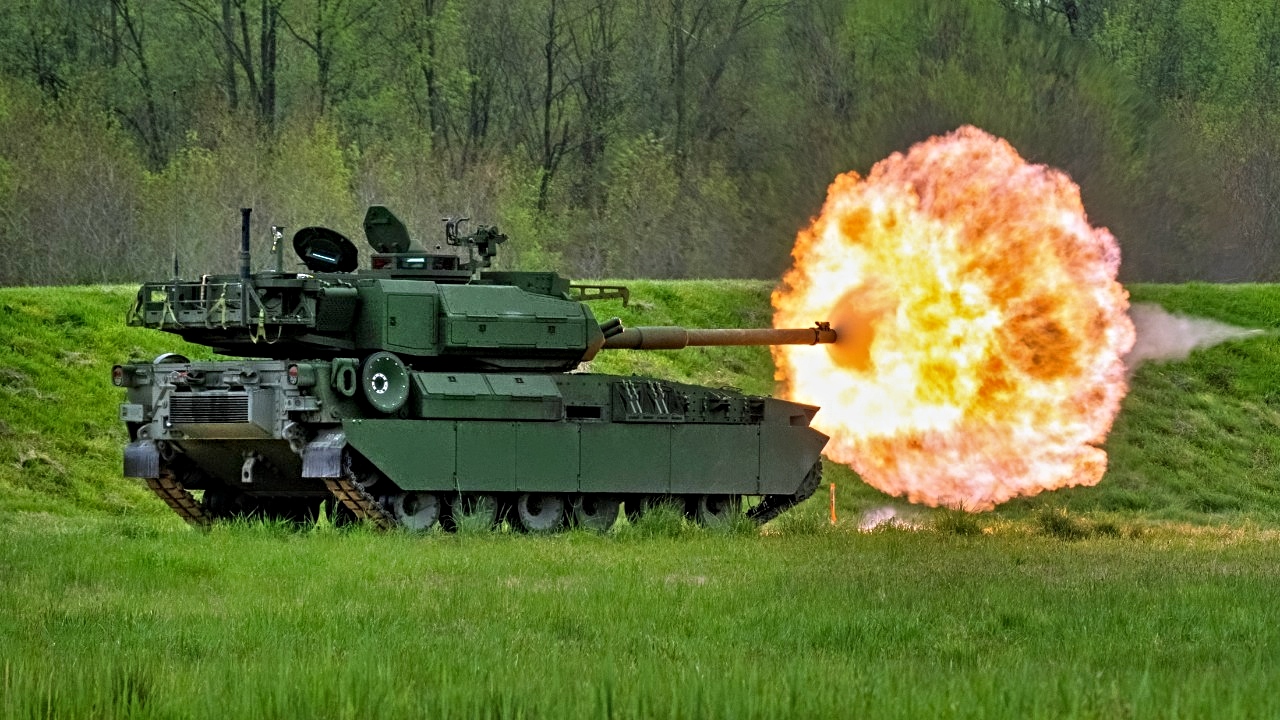The U.S. Army Ends the M10 Booker Program
The U.S. Army has officially terminated the M10 Booker armored vehicle program as part of a broader initiative to modernize and streamline its acquisition processes. This decision reflects a strategic realignment from counterinsurgency operations toward preparing for high-intensity conflicts with peer adversaries. The M10, which was designed to support infantry in urban environments, did not meet the evolving needs of the Army, leading to its cancellation.
A Strategic Shift in Military Priorities
In May 2025, the Department of Defense issued a memorandum titled “Army Transformation and Acquisition Reform.” This document outlined a plan to eliminate outdated, redundant, and inefficient programs from the Army’s arsenal. The M10 Booker, despite being a relatively new system, was seen as an example of such inefficiencies. Following this directive, the Army confirmed on June 11, 2025, that it would not proceed with full-rate production of the M10, effectively ending the program.
The press release stated that funds previously allocated for the M10 would be redirected to accelerate the deployment of more advanced systems. This move underscores the Army’s commitment to investing in capabilities that align with its future strategic goals.
What Was the M10 Booker?
Initially conceived as a game-changer for the U.S. Army, the M10 was intended to provide light infantry units with direct fire support against fortified positions and light armored threats. It was designed for urban warfare scenarios, where traditional tanks were often too heavy to maneuver effectively. However, the program faced skepticism from the outset, with critics arguing that it was not well-suited for the changing nature of warfare.
Operational Utility and Design Challenges
One of the primary concerns with the M10 was its operational utility. While it was meant to be a lightweight, agile vehicle capable of airdrops, it ended up weighing 38 tons—making it unsuitable for transport by standard military aircraft. This weight issue significantly reduced its strategic value, as it could no longer be deployed quickly to remote or inaccessible locations.
Additionally, the M10’s design did not align with the Army’s current focus on high-intensity conflicts with peer adversaries. Modern warfare demands heavier, more survivable vehicles that can withstand prolonged engagements in contested environments. The M10’s lightweight and hybrid features made it ill-suited for these types of battles.
Cost Efficiency and Financial Considerations
Cost efficiency was another major factor in the decision to cancel the M10. Initially marketed as a cost-effective replacement for existing armored personnel carriers, the program became increasingly expensive over time. The anticipated savings were never realized, and the Army had to make difficult choices about how to allocate its limited budget.
With finite resources, the Army must prioritize investments that offer the greatest return in terms of capability and readiness. The M10 failed to meet the strategic relevance criteria, making it a less attractive option compared to other projects that better aligned with the Army’s evolving needs.
Future-Proofing the Army’s Capabilities
A critical consideration in the decision to terminate the M10 was its inability to adapt to future battlefield requirements. As the geopolitical landscape shifts toward multipolarity and great power competition, the Army needs systems that can operate in complex, high-threat environments. The M10, with its outdated design and limited flexibility, could not meet these challenges.
Instead of continuing to invest in a system that was becoming increasingly irrelevant, the Army chose to redirect resources toward developing next-generation weapons and platforms. This approach ensures that the military remains prepared for the evolving nature of warfare.
Criticisms and Counterarguments
Despite the Army’s rationale for canceling the M10, some critics argue that the program provided valuable opportunities for experimentation and innovation. They suggest that shutting down the project may discourage bold ideas and stifle creativity within the military-industrial complex.
However, the Army emphasizes that practical innovation must be grounded in clear operational and strategic requirements. With limited resources, the focus must remain on projects that deliver measurable improvements in lethality, survivability, and operational effectiveness.
Conclusion: A Pragmatic Decision for the Future
The cancellation of the M10 Booker is not a mistake but a necessary step in the Army’s ongoing transformation. By terminating the program, the Army can reallocate resources to more relevant and capable systems that better meet the demands of modern warfare. This decision reflects a broader shift in how the military approaches modernization, emphasizing adaptability, efficiency, and long-term strategic planning.
As the Army continues to navigate the complexities of future conflicts, the lessons learned from the M10 will serve as a guide for making informed, forward-looking decisions. The goal is to ensure that the U.S. military remains equipped to prevail in the battlespace of tomorrow.






